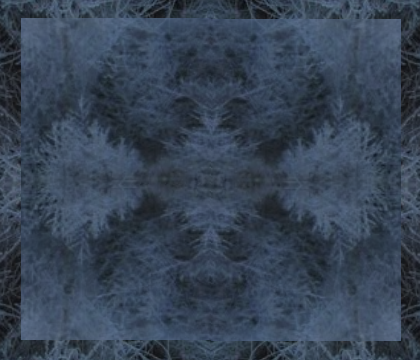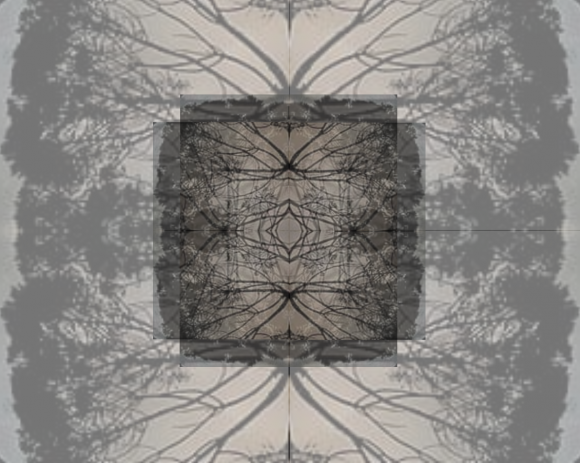The architecture of Durrell’s Alexandria tetralogy is constructed in analogy to the idea of four-dimensional spacetime, as developed by Minkowski, Einstein, and others in the early 20th century in connection with the theory of relativity. Durrell refers to it as “the relativity proposition” in his Preface (9). The first three novels correspond to the three dimensions of space and are ‘siblings’, as Durell puts it, whereas the fourth is a ‘sequel’, and thus represents the dimension of time.
1. How does this work in terms of plot layout? The Alexandria Quartet consists of four novels; they are all about the same characters and their relationships.

Now the first three — Justine, Balthazar, Mountolive — tell the same story, are basically about the same events, but as seen from different perspectives. Justine centers around the affair between the eponymous society woman and the narrator (whose name, in the later books, is Darley); Balthazar brings additional depth and information, in the form of the comments from the old doctor, art-lover and spiritual explorer; Mountolive traces the biography of the British ambassador and its entanglement with the fates of the two Hosnani brothers, Narouz and Nessim, the latter Justine’s husband and both of them sons of Leila, who had an affair with Mountolive when he was young.
Central events and developments are presented in quite different ways and appear in very different lights in those three books. Each novel brings a new twist to the reader’s understanding of the events: we form one understanding of Justine’s motivation for her affair with Darley, for example, when reading Justine, just to adjust and correct that notion after Balthazar, and then we have to re-visit that again from what we learn in Mountolive.
Only in the fourth novel, Clea, the plot is then spun forward in time. This also brings new developments, of course, but these result now from fresh actions (and changed circumstances: the second world war has reached Alexandria), rather than just new information about what is already in the past.
2. The analogy with relativistic spacetime is rather vague.
For one thing, in physical spacetime the spatial characterization of an event is complete given three, and exactly three, coordinates. Two are insufficient: they would not pick out a single event at all (but a continuum of events); more than three makes no sense, too: the additional coordinates would be either redundant or inconsistent with a given event. But obviously, the events in Durrell’s story would make for a satisfactory novel even if he had told them from only one perspective — that is, if he had written only one novel; and it is equally clear that further books might have been written about those same events (Durrell suggests so himself, again in the Preface). Fixing the number at three, then, in a Durrellian continuum, is in some sense arbitrary.
More importantly, however: in spacetime, the three spatial dimensions have no particular order. But the perspectives in Durrell’s three “sibling” novels have: they are designed to generate mystery and surprise. Things that are merely hinted at and then left open in Justine get filled in (and sometimes radically re-interpreted) in Balthazar and Mountolive (and sometimes in both). The sequence of the three parts is not accidental: what makes the tetralogy engaging for the reader is the order in which information is revealed. Reading them in reverse order would result in an entirely different experience; at the very least, there would be much less mystery and surprise.
3. All this is not to criticize Durrell’s construction, of course. For one thing, he was aware of all this and points it out himself in his Preface. For another, the “relativity proposition” obviously served well as artistic inspiration, and it would be pedantic to require the developed work to correspond to each of the details of the conception in physics from which the idea took its departure. The purpose of a writer is to write novels, not to produce structures isomorphic to something in another field.
Still, when we examine the analogy closely and figure out exactly at which point it falls flat (and why), we can learn something interesting: not about spacetime, of course, but about how significance, mystery, and surprise in narrative depend on perspective (or ‘frame’, as it is sometimes put).
4. Let’s begin with the order in which things are revealed.
Justine’s character, and especially her motivation for engaging in an affair with Darley, are subject of much speculation. (It’s not just that other characters speculate; two writers feel the need to write entire books about her: Arnauti and Darley.) In the first book, the picture that emerges from such speculation is a colorful mixture of glamour, the mythical saint/slut complex, and a shot of Freudian psychoanalysis. In Balthazar and Mountolive, that is gradually brought back to more down-to-earth accounts, mostly based on background information that is available only to some of the characters. A similar track emerges around the topic of Pursewarden’s suicide, or Scobie’s job with the secret police.
Most of the plotting techniques Durrell uses here are known from thriller writing or detective fiction: false trails, plot twists, … — the only difference being that they are distributed over three novels whereas otherwise they would have appeared at strategically chosen points of one and the same text. Their function, however, is essentially the same: they create mystery and surprise.
Durrell’s architecture achieves many things, but it is doubtful that it succeeds in escaping “the serial form of the conventional novel: the time-saturated novel of the day” (9); to do so would mean to allow arbitrary paths through the text, but that would forgo much of the carefully crafted mystique that results from the order which Durrell de facto still prescribes.
5. But we can of course formulate the same point the other way round: in a world that is both complex and multi-perspectival, significance (at least the kind of significance that is based on mystery and surprise) is not inherent in the events themselves, but rather comes from the dynamic of perspective: the direction from which, and the order in which, we get closer to events and learn about them.
What I most need to do is to record experiences, not in the order in which they took place — for that is history — but in the order in which they first became significant for me. (97)
What produces significance (mystery, surprise) is Durrell’s way of directing the reader’s attention into and out of the various perspectives, in a carefully arranged order.
To re-arrange the events that make up reality, in order to show their significance, is explicitly the artistic philosophy of Durrell’s narrator, too: “only there, in the silences of the painter or the writer can reality be reordered, reworked and made to show its significant side.” (20; Although he retracts later — at 657 — from the idea that a writer can do much work to ‘rework’ reality, the notion that the work of the artist aims at ‘showing the significant side’ of it still stands.)
Significance depends on perspective; and that is not static, but dynamic: changes of perspective matter, and so does the order in which things are presented in different perspectives. Thus the task of the writer is not so much to explore events themselves, but to explore the ways perspectives have to arranged to create (as mystery) or destroy (as surprise) particular forms of significance.
6. Not all perspectives are equal with respect to significance: sometimes significance shows only up in one and not in others, and sometimes it only shows up from one perspective if we have things seen from another perspective beforehand.
The meaning of Justine’s affair with Darley, or that of Pursewarden’s suicide, can be tracked through each of the three novels, and it changes its significance with what we learn there. Both characters’ entanglement in political intrigue only gets into the picture with what we learn in the third novel (in Mountolive). It didn’t even really come to mind from the earlier books’ perspectives. So this is a case where meaning shows up only from some perspectives, not from others.
The earlier interpretations are speculative not simply for lack of detail information, of course. What matters is that the information which the speculators lack is private information, deliberately held back by (in these cases) Justine and Pursewarden.
But there is more to it. The background information which we get in Mountolive about Justine’s and Purswarden’s respective motivations make their actions more plausible. But they make them more prosaic as well — compared to the speculative, ‘archetypal’ interpretations which they receive in Justine, where most of the background information is missing. The new information produces the surprise that goes along with a plot twist, but at the same time removes much of the mystique.



